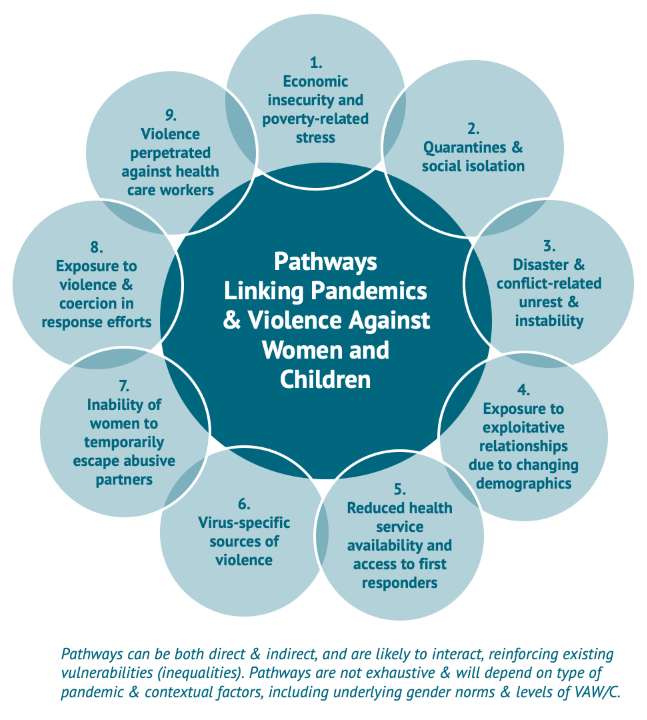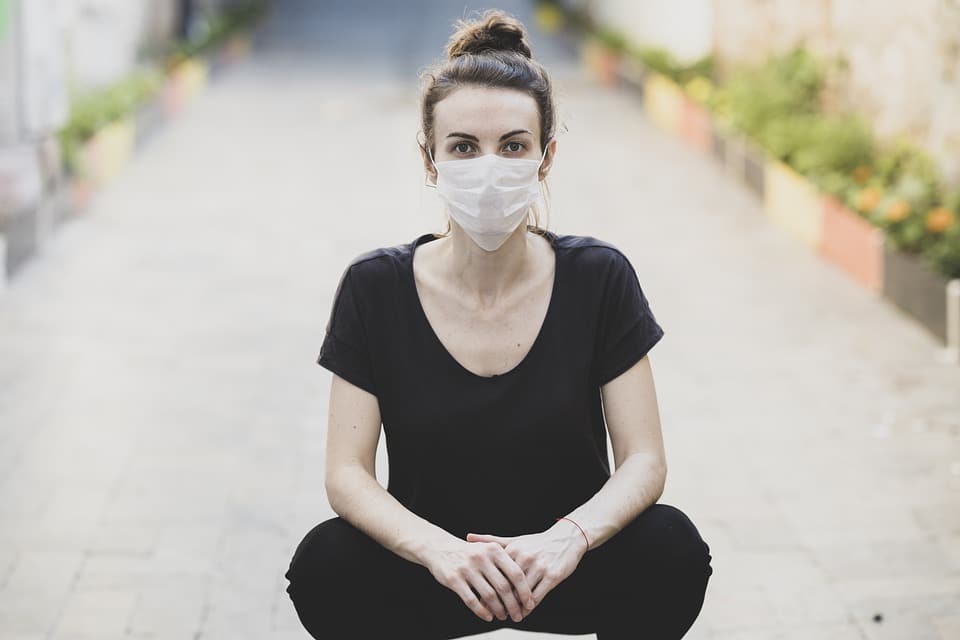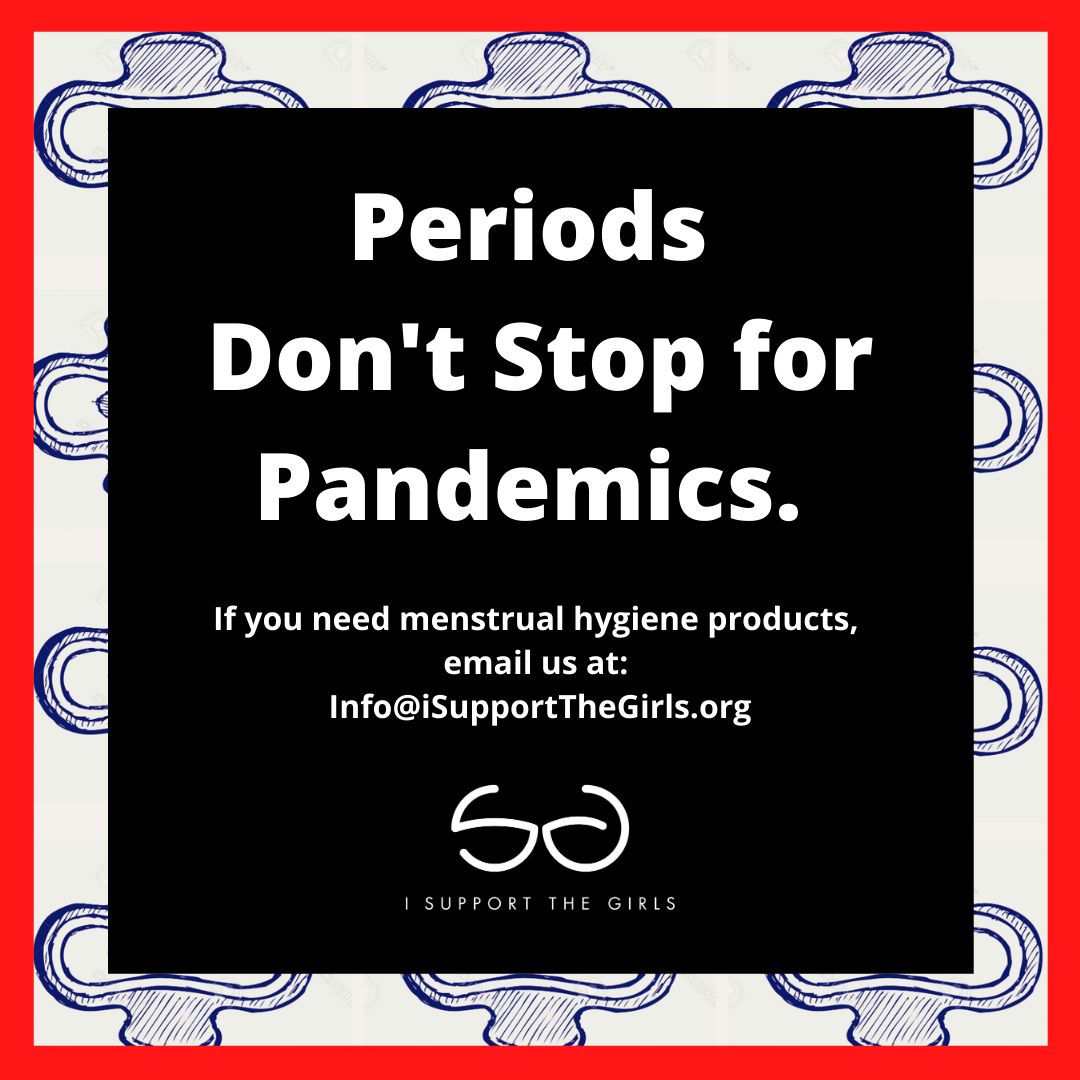Overwhelmed hospitals, lost jobs, and empty grocery store shelves. These effects of the coronavirus outbreak flood our TV screens. Yet, coronavirus affects more than just toilet paper shortages. Many unique impacts of coronavirus on women are already widely unreported. This leaves women, some of the most impacted and at-risk populations, to suffer in silence. It is the government and media’s responsibility to acknowledge and address these unique needs.
There are several ways that the coronavirus uniquely impacts women. For example, many women are locked at home with their abusers due to shelter-in-place laws.
According to UNICEF, “Recent anecdotal evidence from China points to a specific rise in cases of domestic violence against women and girls.”
Domestic violence cases increase as more women and girls locked inside. Shelter-in-place laws do protect the health of society as a whole. However, these laws fail to consider a rise in domestic abuse.
Women-based Violence and Coronavirus
Past global outbreaks prove that gender based violence and child abuse increase during pandemics.
“Increased rates of abuse and exploitation of children have occurred during previous public health emergencies,” reported UNICEF. “School closures during the outbreak of Ebola virus disease in West Africa from 2014-2016, contributed to spikes in child labor, neglect, sexual abuse and teenage pregnancies. In Sierra Leone, cases of teenage pregnancy more than doubled to 14,000 from before the outbreak.”
Coronavirus is no different. Women in China have experienced these impacts already. The United States needs to address these crises nationwide, as these cases against women and girls increase.

This graphic from “A Gender Lens on COVID-19: Pandemics and Violence against Women and Children” by Megan O’Donnell et. al. shows how pandemics can lead to increases in domestic violence.
Economic Stress on Women
Economic crises during pandemics impact women more drastically. As a result, this could lead to homelessness and less access to menstrual hygiene products. Past outbreaks have shown that the gap between women and men’s incomes only increases.
In the article, “How Do Women Weather Economic Shocks?” Sbarwal et. al. found that, “economic crises affect women disproportionately, particularly in low-income countries.”
Although the economic effects of coronavirus are universal, women seem to be hit the hardest. Additionally, women also take longer to recover financially.
“The 2008-09 crisis led to greater job loss and poverty among women than men,” said Mukherjee. “Although manufacturing jobs that are typically “male” such as in automobiles were the first to be hit, layoffs in teaching, nursing, the public sector, meant that women’s jobs were not growing as fast during the recovery” (Mukherjee 1).
As women struggle to make ends meet, their risk for homelessness and lack of access to menstrual hygiene products rise.
Take Action for Women
We must fight to make women’s needs a priority during this crisis. It is vitally important for governments to train health, education, and child services staff on coronavirus related female violence. For example, this should include the prevention of sexual exploitation and abuse. It should also explain how victims can safely report their concerns.
In addition, first responders must be trained on how to manage and report gender-based violence cases. Many first-responders have been criticized for their lack of preparedness to handle these situations (Donnelly et al. 65). Additionally, governments should share support services information available for women.
Finally, for women struggling financially, menstrual hygiene products should be free in public spaces. Schools, government buildings, prisons, and food banks should provide these products. Ultimately, it is crucial that we acknowledge and address women’s unique risks and needs as coronavirus continues to impact our world.
Sources:
Donnelly, et. al. “What do EMS personnel think about domestic violence? An exploration of attitudes and experiences after participation in training.” Journal of Forensic and Legal Medicine, 38, 2016, 64-69.
“Guidelines for Integrating Gender-Based Violence Interventions in Humanitarian Action.” GBV Guidelines, https://gbvguidelines.org/en/pocketguide/. Accessed 30 April 2020.
Mukherjee, Avanti. “Recovery with rights: Towards An Economy That Cares.” Social Watch, http://www.socialwatch.org/node/1610. Accessed 30 April 2020.
O’Donnel, Megan, et. al. “A Gender Lens on COVID-19: Pandemics and Violence against Women and Children.” Center for Global Development. https://www.cgdev.org/blog/gender-lens-covid-19-pandemics-and-violence-against-women-and-children. 3 April 2020. Accessed 13 May 2020.
Sarbarwal, et. al. “How do women weather economic shocks?” A Review of the Evidence. The World Bank – Poverty Reduction and Economic Management Network, Gender and Devlopment Unit, December 2010.
UNICEF. “COVID-19: Children at heightened risk of abuse, neglect, exploitation and violence amidst intensifying containment measures. UNICEF, https://www.unicef.org/lac/en/press-releases/covid-19-children-heightened-risk-abuse-neglect-exploitation-and-violence-amidst, 21 March 2020, Accessed 30 April 2020.





